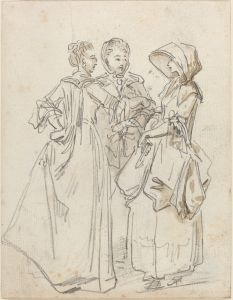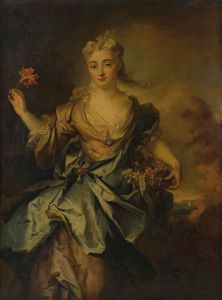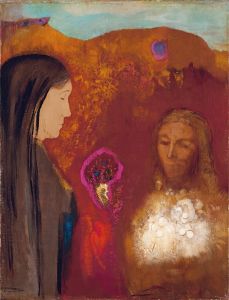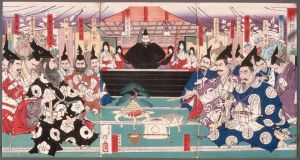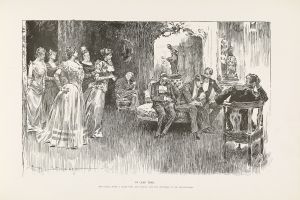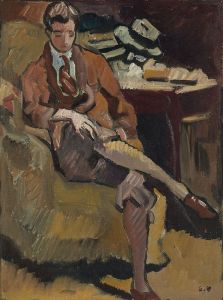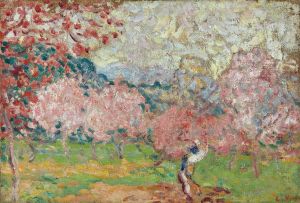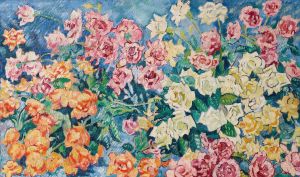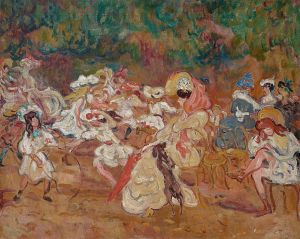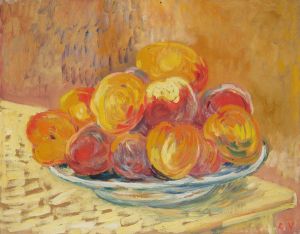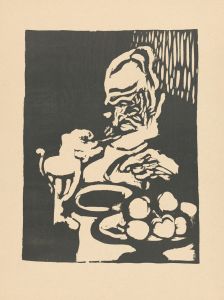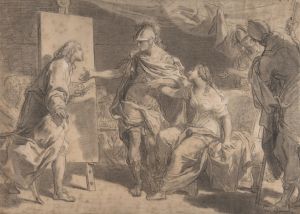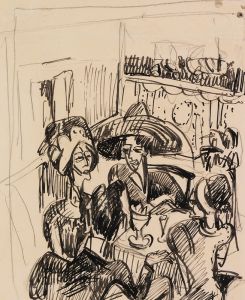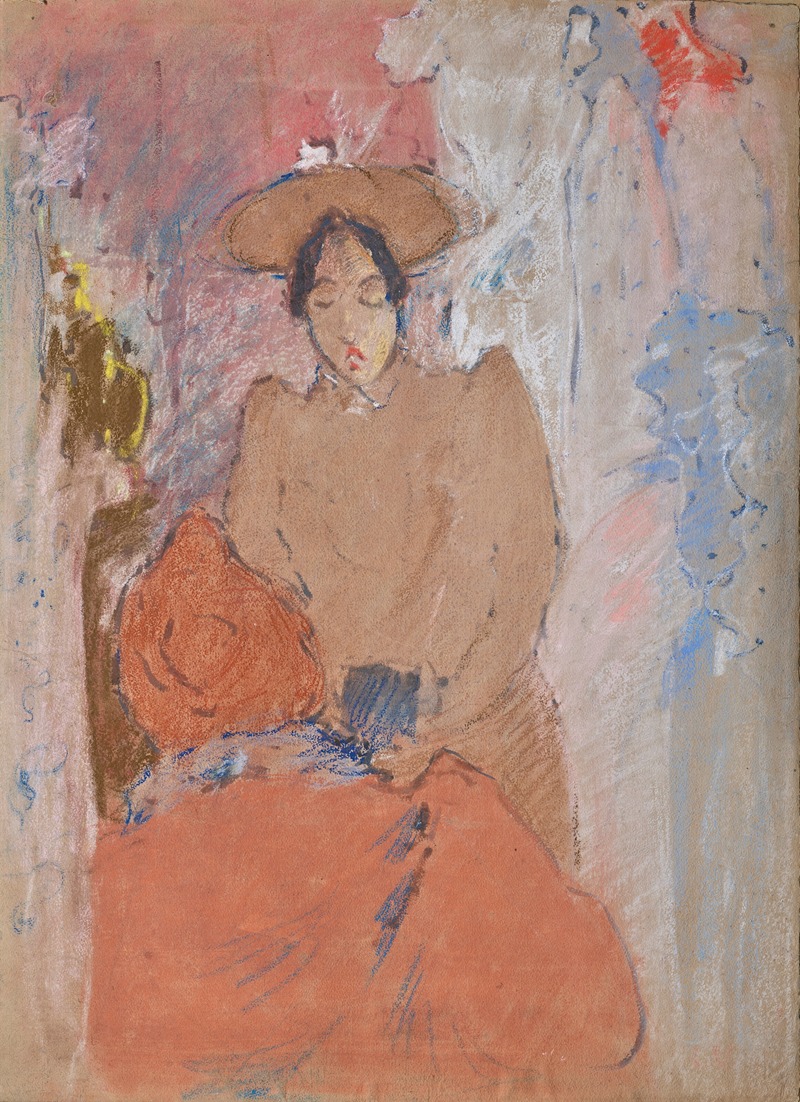
Deux femmes en conversation ou La visite
A hand-painted replica of Louis Valtat’s masterpiece Deux femmes en conversation ou La visite, meticulously crafted by professional artists to capture the true essence of the original. Each piece is created with museum-quality canvas and rare mineral pigments, carefully painted by experienced artists with delicate brushstrokes and rich, layered colors to perfectly recreate the texture of the original artwork. Unlike machine-printed reproductions, this hand-painted version brings the painting to life, infused with the artist’s emotions and skill in every stroke. Whether for personal collection or home decoration, it instantly elevates the artistic atmosphere of any space.
Louis Valtat was a French painter and printmaker associated with the Fauvist movement, known for his vibrant use of color and expressive brushwork. One of his notable works is "Deux femmes en conversation ou La visite," which translates to "Two Women in Conversation or The Visit." This painting exemplifies Valtat's style and his contribution to early modern art.
Valtat was born on August 8, 1869, in Dieppe, France, and he grew up in Versailles. He studied at the École des Beaux-Arts and the Académie Julian in Paris, where he was influenced by the Impressionists and Post-Impressionists. His early works often depicted scenes of everyday life, characterized by a bold use of color and a loose, expressive technique.
"Deux femmes en conversation ou La visite" is a quintessential example of Valtat's work during the height of his career. The painting captures an intimate moment between two women engaged in conversation, a theme that Valtat explored in various forms throughout his oeuvre. The composition is marked by its vibrant palette and dynamic brushstrokes, which convey a sense of immediacy and emotional depth.
Valtat's approach to color was heavily influenced by his contemporaries, such as Henri Matisse and André Derain, who were central figures in the Fauvist movement. Fauvists were known for their radical use of color, often employing it in a non-naturalistic manner to evoke mood and emotion rather than to represent reality. In "Deux femmes en conversation ou La visite," Valtat employs a rich array of colors, using them to define form and space while also imbuing the scene with a lively, almost theatrical quality.
The painting reflects Valtat's interest in capturing the nuances of human interaction and the subtleties of social exchange. The two women are depicted in a domestic setting, their figures rendered with a sense of immediacy and presence. Valtat's brushwork is fluid and expressive, suggesting the movement and energy of the conversation. The background is composed of bold, contrasting colors that enhance the focus on the figures and add a sense of depth to the composition.
Valtat's work, including "Deux femmes en conversation ou La visite," is often celebrated for its synthesis of Impressionist and Fauvist elements. While he shared the Fauvist interest in color and emotional expression, his work also retained a connection to the Impressionist emphasis on light and atmosphere. This blend of influences is evident in the way he captures the play of light and shadow across the figures and their surroundings.
Throughout his career, Valtat remained somewhat on the periphery of the major art movements of his time, yet he maintained a distinctive style that earned him recognition and respect among his peers. His work was exhibited alongside that of other leading artists of the period, and he participated in several important exhibitions, including the Salon des Indépendants and the Salon d'Automne.
Louis Valtat's "Deux femmes en conversation ou La visite" stands as a testament to his skill as a colorist and his ability to convey the complexities of human interaction through his art. The painting remains an important example of early 20th-century French painting, reflecting the innovative spirit of the Fauvist movement and Valtat's unique artistic vision.





